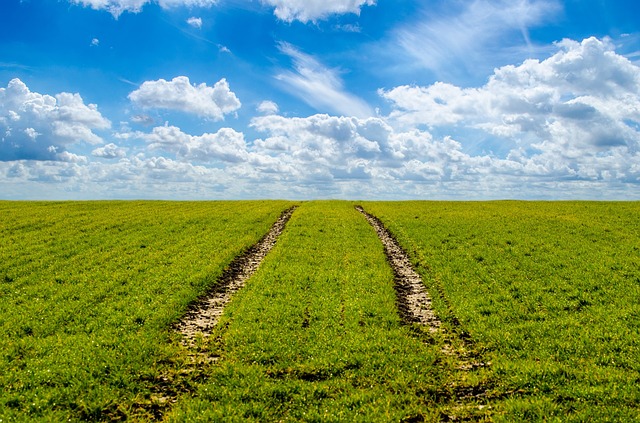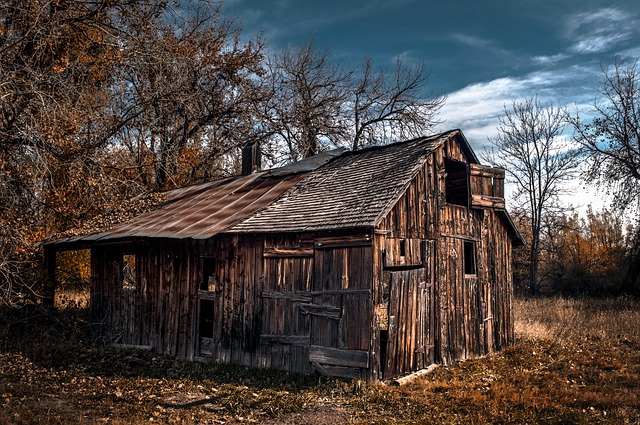
[monetize id=”1″]
Questions and Answers
Without government payments in whichever form they take in your country (I am English), do you think your farm would survive?

In the USA farms that are organic or grow fruits or vegetable (or anything not sold on the commodities exchange) do not get government subsidies. For the past 15 year i have owned/managed a small sustainable (was certified organic for many years) diversified farm that has done just fine without government subsidies. So, yes, my farm would survive just fine with them.
I am needing help funding a few things around the farm and so I am lookin for a grant but I don't know where to start. So if u have gotten a grant or know where I can find the info for it please let me know.

1. Grants.gov: Http://www.grants.gov/
-Click on "Find Grant Opportunities"
-Click on "Browse by Category"
-Click on "Agriculture"
2. The Grantsmanship Center: Http://www.tgci.com/
-Click on "Funding Sources"
-Click on your state
3. Sustainable Agriculture Grants: Http://www.sare.org/Grants
-Click on "State Programs"
-Click on "Funded Grants in Your State"
Once you have found some grants for which you would like to apply, read as much as you can about the grant. Directions for exactly how to apply are usually contained within the grant description.
Doing a project for a Phys science class and I need to find some information on the topic but I don't know where to start. Any ideas?

The Vertical Farm Project
The Problem
By the year 2050, nearly 80% of the earth's population will reside in urban centers. Applying the most conservative estimates to current demographic trends, the human population will increase by about 3 billion people during the interim. An estimated 109 hectares of new land (about 20% more land than is represented by the country of Brazil) will be needed to grow enough food to feed them, if traditional farming practices continue as they are practiced today. At present, throughout the world, over 80% of the land that is suitable for raising crops is in use (sources: FAO and NASA). Historically, some 15% of that has been laid waste by poor management practices. What can be done to avoid this impending disaster?
A Potential Solution: farm vertically
The concept of indoor farming is not new, since hothouse production of tomatoes, a wide variety of herbs, and other produce has been in vogue for some time. What is new is the urgent need to scale up this technology to accommodate another 3 billion people. An entirely new approach to indoor farming must be invented, employing cutting edge technologies. The Vertical Farm must be efficient (cheap to construct and safe to operate). Vertical farms, many stories high, will be situated in the heart of the world's urban centers. If successfully implemented, they offer the promise of urban renewal, sustainable production of a safe and varied food supply (year-round crop production), and the eventual repair of ecosystems that have been sacrificed for horizontal farming.
It took humans 10,000 years to learn how to grow most of the crops we now take for granted. Along the way, we despoiled most of the land we worked, often turning verdant, natural ecozones into semi-arid deserts. Within that same time frame, we evolved into an urban species, in which 60% of the human population now lives vertically in cities. This means that, for the majority, we humans are protected against the elements, yet we subject our food-bearing plants to the rigors of the “great outdoors” and can do no more than hope for a good weather year. However, more often than not now, due to a rapidly changing climate regime, that is not what follows. Massive floods, protracted droughts, class 4-5 hurricanes, and severe monsoons take their toll each year, destroying millions of tons of valuable crops. Don’t our harvestable plants deserve the same level of “comfort” and protection that we now enjoy? The time is at hand for us to learn how to safely grow our food inside environmentally controlled multistory buildings within urban centers. If we do not, then in just another 50 years, the next 3 billion people will surely go hungry, and the world will become a much more unpleasant place in which to live.
Advantages of Vertical Farming
Year-round crop production; 1 indoor acre is equivalent to 4-6 outdoor acres or more, depending upon the crop (e.g., strawberries: 1 indoor acre = 30 outdoor acres)
No weather-related crop failures due to droughts, floods, pests
All VF food is grown organically: no herbicides, pesticides, or fertilizers
VF virtually eliminates agricultural runoff by recycling black water
VF returns farmland to nature, restoring ecosystem functions and services
VF greatly reduces the incidence of many infectious diseases that are acquired at the agricultural interface
VF converts black and gray water into potable water by collecting the water of
evapotranspiration
VF adds energy back to the grid via methane generation from composting non-edible
parts of plants and animals
VF dramatically reduces fossil fuel use (no tractors, plows, shipping.)
VF converts abandoned urban properties into food production centers
VF creates sustainable environments for urban centers
VF creates new employment opportunities
We cannot go to the moon, Mars, or beyond without first learning to farm indoors on
earth
VF may prove to be useful for integrating into refugee camps
VF offers the promise of measurable economic improvement for tropical and subtropical
LDCs. If this should prove to be the case, then VF may be a catalyst in helping to reduce or even reverse the population growth of LDCs as they adopt urban agriculture as a strategy for sustainable food production.
VF could reduce the incidence of armed conflict over natural resources, such as water
and land for agriculture
More Info At The Source.
[monetize id=”2″]
Muddy Fingers Farm – Irrigation
